On average, children have 1,300 photos of themselves circulating on social media platforms before the age of 13, before they are even allowed to have an account.
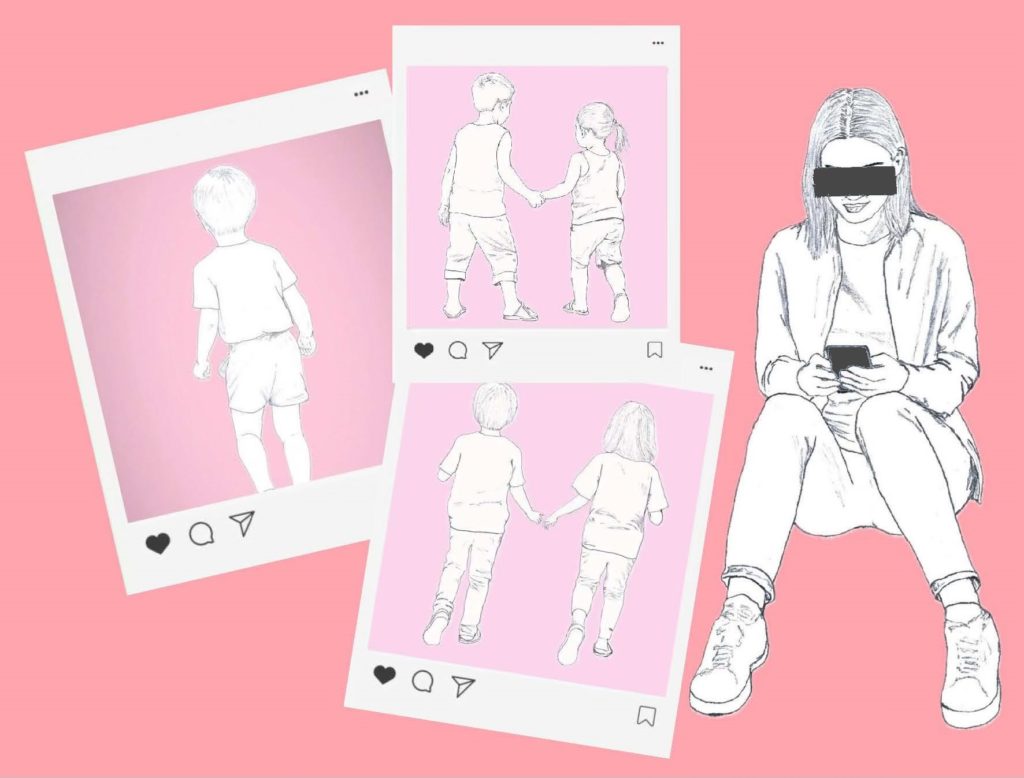
One common form of sharenting involves parents sharing photos and videos of their children on social media platforms like Facebook, Instagram, and Twitter. These posts may include snapshots of everyday moments, special occasions, or milestones in a child’s life. While sharing these moments can be a way for parents to connect with friends and family members, it’s essential to consider the potential privacy implications for the child.
Some parents take sharenting a step further by creating family vlogs, where they document and share their daily lives with their children. These vlogs may include footage of family outings, activities, or conversations with children. While family vlogs can be entertaining and engaging for viewers, they also raise questions about the consent and privacy of the children involved. Parents must carefully consider how much information they share and the impact on their children’s well-being.
In addition to photos and videos, some parents engage in sharenting by sharing personal anecdotes or stories about their children on social media. These posts may include humorous anecdotes, parenting challenges, or heartfelt moments shared with friends and followers. While sharing these experiences can be a way for parents to connect with others and seek support, it’s essential to consider the privacy and dignity of the children involved. Parents should avoid sharing sensitive or embarrassing details that could potentially harm their children’s reputation.
Another aspect of sharenting involves parents inadvertently revealing identifying information about their children online. This can include details such as the child’s full name, birth date, school, or location. While parents may not intend to harm their children by sharing this information, it can put them at risk of identity theft, cyberbullying, or online predators. Parents must be mindful of the information they share online and take steps to protect their children’s safety.
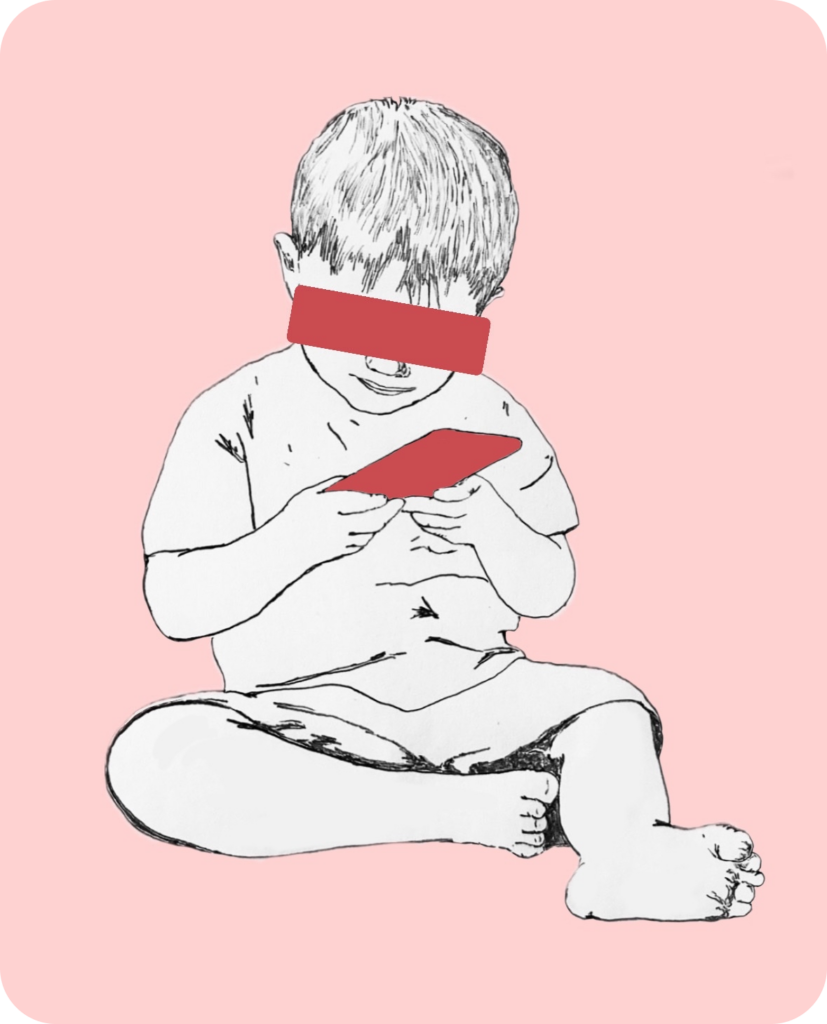
One of the most significant risks of posting children online is the potential for identity theft. According to a study conducted by Barclays in 2018, sharenting will account for two-thirds of identity-fraud faced by young people by 2030. This is because personal identifiable information such as a child’s full name, birthdate, school, or location is made more accessible on social media. Parents must be vigilant about protecting their children’s personal information and carry out audits of who has access to your social media.
Children who are featured prominently in their parents’ social media posts may also become targets of cyberbullying and online harassment. Photos or videos shared online can be misused or misinterpreted by others, leading to bullying, ridicule, or stigmatization. Parents must be aware of the potential risks and consequences of sharing content online and take steps to protect their children from cyberbullying and harassment.
The content shared online can have long-term implications for children as they grow older. Photos, videos, or stories shared without their consent may embarrass or humiliate them in the future. Employers, college admissions officers, or peers may discover this content and form negative impressions based on it. Parents must consider how their online activity may affect their children’s personal and professional lives in the future.
At Kids Are Not Content™, we’re dedicated to exploring the impact of “sharenting” and advocating for better online privacy protections for children. Take part in our interactive survey to share your insights and contribute to our ongoing efforts to promote digital safety.
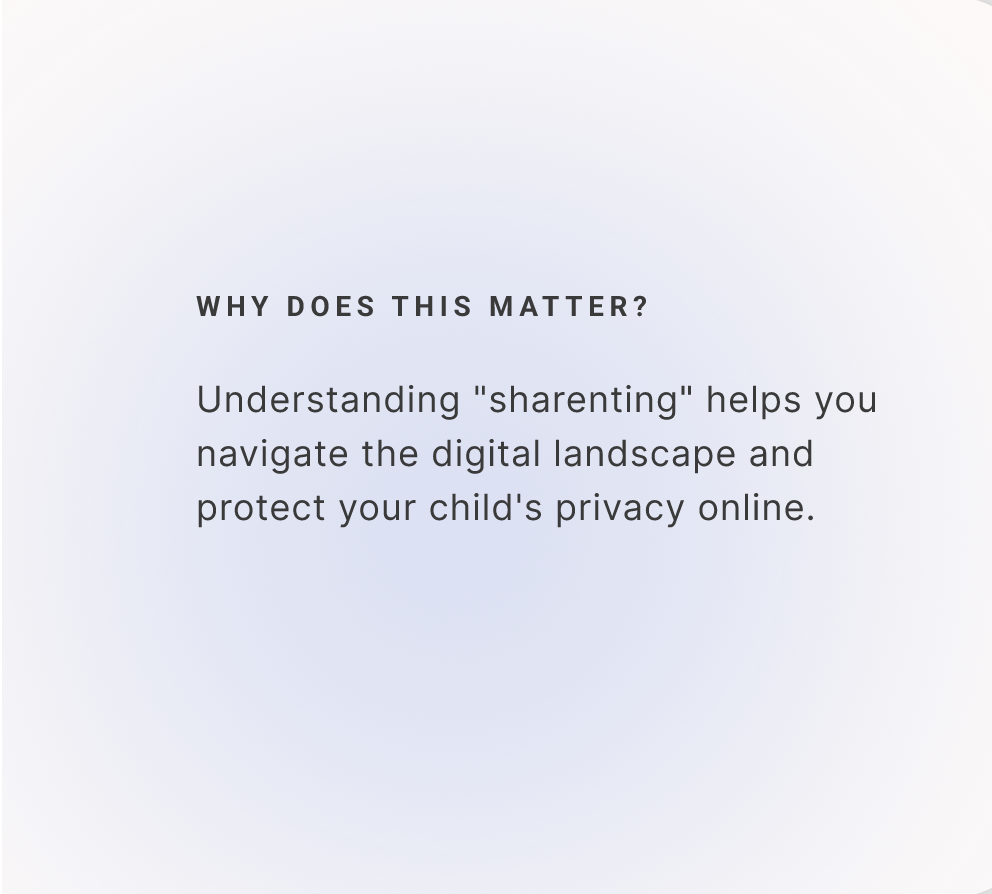
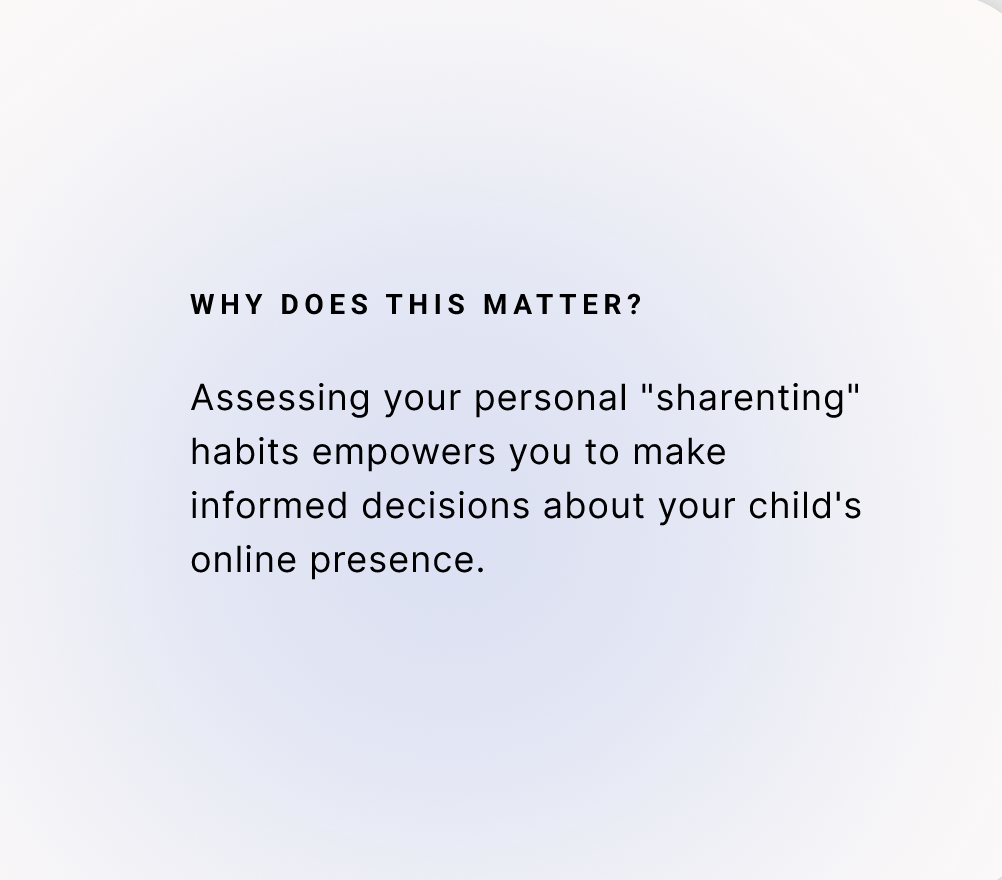
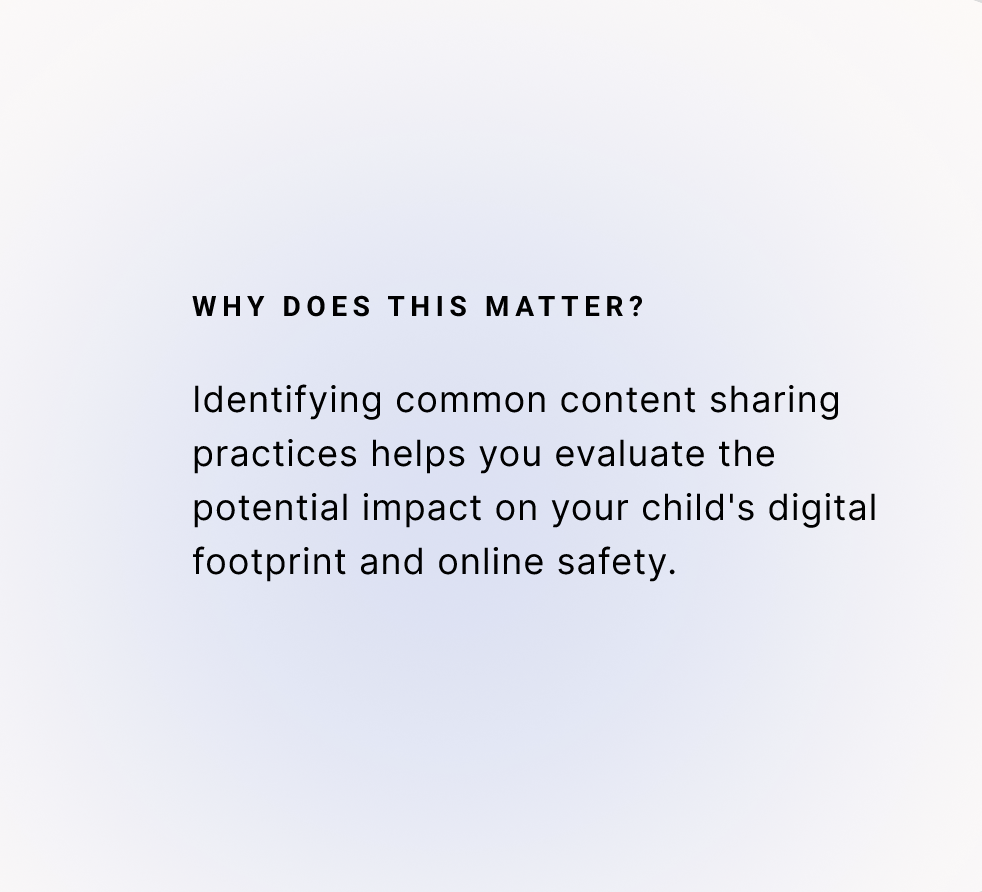

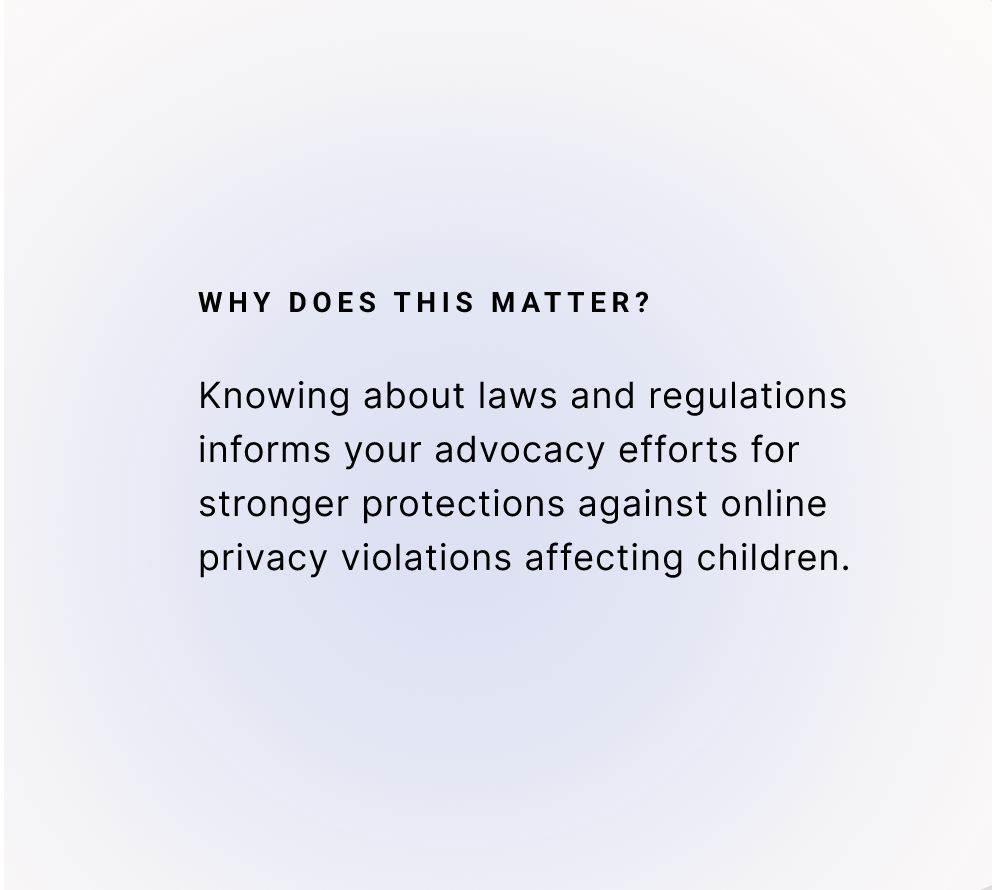
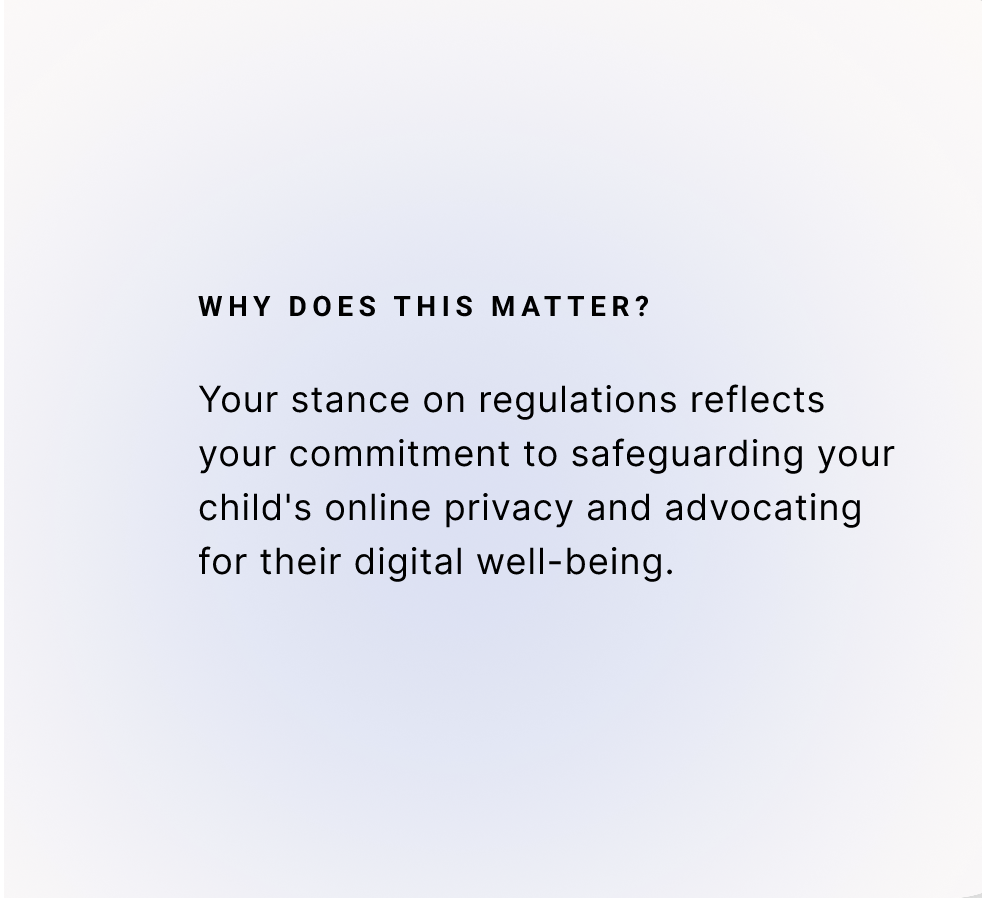
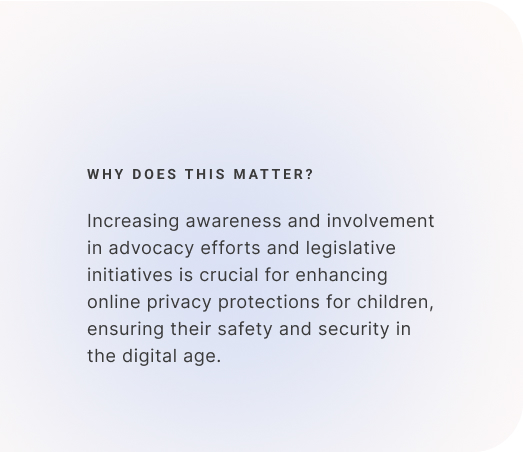
Explore legislation and advocacy efforts to enhance online privacy protections for children.
